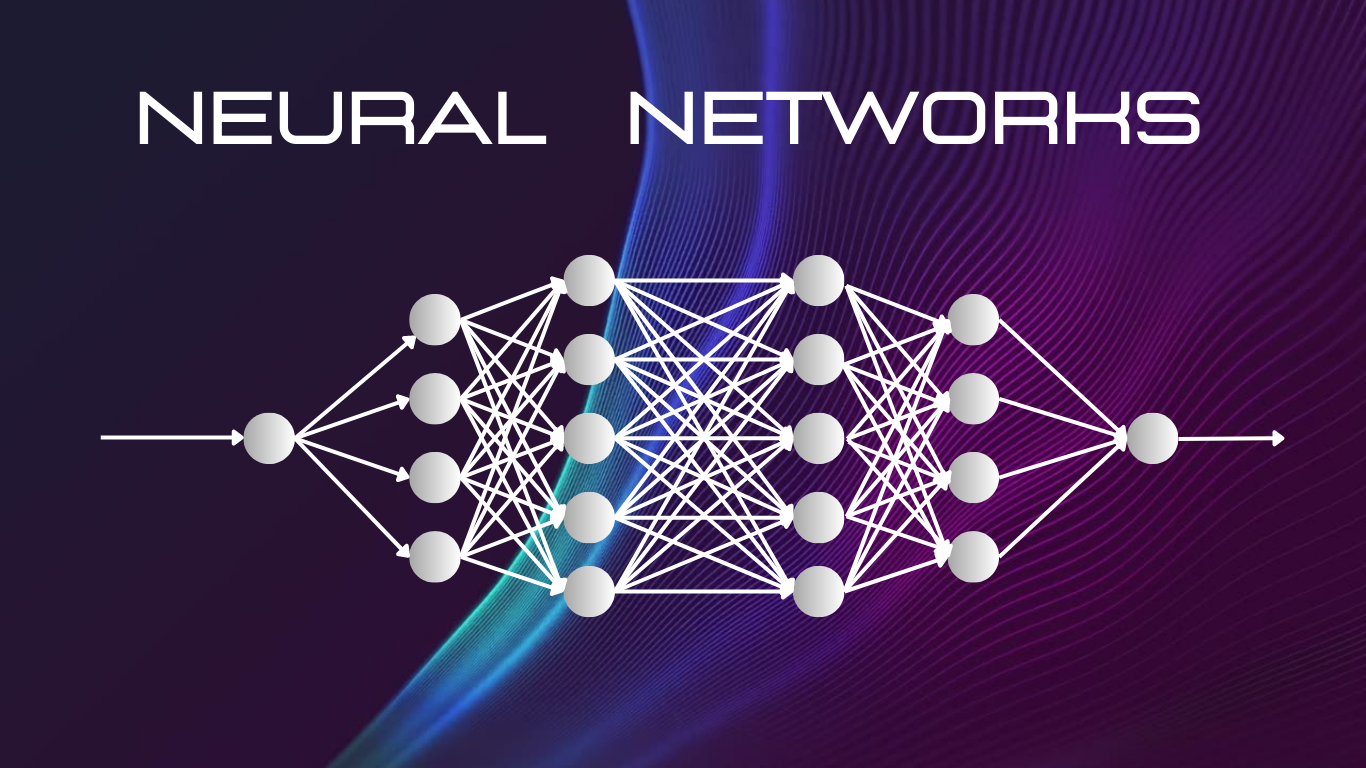Neural networks have emerged as a fundamental component of artificial intelligence (AI) systems, driving advancements in various fields such as computer vision, natural language processing, and robotics. These powerful algorithms are designed to mimic the human brain’s ability to process information and learn from data. In this article, we will explore the concept of neural networks, their structure, types, and applications, shedding light on their significance in the world of AI.
What are Neural Networks?
Neural networks, also known as artificial neural networks or simply “neurons,” are mathematical models inspired by the structure and function of biological neural networks. They consist of interconnected nodes, called neurons, organized into layers. These networks are trained using large amounts of data to recognize patterns, make predictions, and solve complex problems.
The Structure of Neural Networks
Neural networks are composed of three main types of layers:
- Input Layer: The input layer receives data from the external environment and passes it to the network for processing. Each neuron in the input layer represents a feature or attribute of the data.
- Hidden Layers: Hidden layers, also known as intermediate layers, are located between the input and output layers. These layers perform complex computations by applying weights and biases to the input data. The number of hidden layers and the number of neurons in each layer can vary based on the complexity of the problem.
- Output Layer: The output layer produces the final result or prediction based on the computations performed in the hidden layers. The number of neurons in the output layer depends on the nature of the problem being solved. For example, in a binary classification task, the output layer may have two neurons representing the two possible classes.
Types of Neural Networks
Neural networks can be classified into different types based on their architecture and learning mechanisms. Some common types include:
- Feedforward Neural Networks: In feedforward neural networks, information flows in one direction, from the input layer through the hidden layers to the output layer. These networks are widely used for tasks like image classification, speech recognition, and sentiment analysis.
- Recurrent Neural Networks (RNNs): RNNs are designed to handle sequential data, where the order of input elements matters. They have recurrent connections that allow information to flow not only from the input layer to the output layer but also back to the previous layers. RNNs excel in tasks such as language modeling, machine translation, and time series analysis.
- Convolutional Neural Networks (CNNs): CNNs are primarily used for computer vision tasks, leveraging their ability to automatically learn spatial hierarchies and extract features from images. These networks use convolutional layers to scan and analyze the input data, making them highly effective in image recognition, object detection, and facial recognition.
- Generative Adversarial Networks (GANs): GANs consist of two neural networks—the generator and the discriminator—competing against each other. The generator network creates new data samples, while the discriminator network tries to distinguish between real and fake data. GANs have found applications in image synthesis, data augmentation, and generative modeling.
Applications of Neural Networks
Neural networks have transformed various industries and opened up new possibilities in AI. Some notable applications include:
- Computer Vision: Neural networks power image and video analysis tasks, enabling machines to understand and interpret visual information. They have revolutionized areas such as object recognition, image segmentation, and autonomous driving.
- Natural Language Processing: Neural networks have significantly improved language-related tasks, including speech recognition, sentiment analysis, and language translation. They enable machines to process and generate human-like language, leading to advancements in virtual assistants, chatbots, and language understanding systems.
- Robotics: Neural networks play a crucial role in robotics by enabling machines to perceive the environment, make decisions, and perform complex tasks. They are used in areas such as robot localization and mapping, object manipulation, and autonomous navigation.
- Financial Analysis: Neural networks are utilized in the financial industry for tasks like stock market prediction, fraud detection, and credit risk assessment. They can analyze vast amounts of financial data and uncover hidden patterns to support investment decisions and mitigate risks.
Conclusion
Neural networks have revolutionized the field of artificial intelligence, empowering machines to learn from data and make intelligent decisions. By mimicking the structure and function of the human brain, these networks have achieved remarkable breakthroughs in computer vision, natural language processing, robotics, and finance. As researchers and engineers continue to advance the capabilities of neural networks, we can expect further transformative applications and exciting developments in the AI landscape.
Frequently Asked Questions
Q1: How do neural networks learn?
A: Neural networks learn by adjusting the weights and biases of their neurons through a process called backpropagation, where the errors between the predicted output and the desired output are minimized.
Q2: What is the role of activation functions in neural networks?
A: Activation functions introduce non-linearity to the network, enabling it to model complex relationships between inputs and outputs. Common activation functions include sigmoid, ReLU, and tanh.
Q3: How do convolutional neural networks (CNNs) work?
A: CNNs use convolutional layers to scan and analyze input data, extracting relevant features. These networks are especially effective in computer vision tasks due to their ability to automatically learn spatial hierarchies.
Q4: Can neural networks be used for unsupervised learning?
A: Yes, neural networks can be trained using unsupervised learning techniques, where the network learns to extract useful patterns and structures from unlabeled data.
Q5: What are the limitations of neural networks?
A: Neural networks require large amounts of labeled training data and computational resources. They can also be prone to overfitting if not properly regularized or validated.

